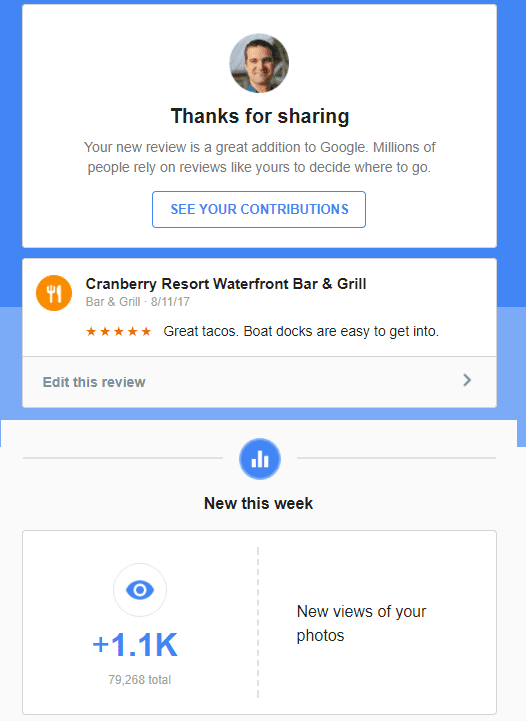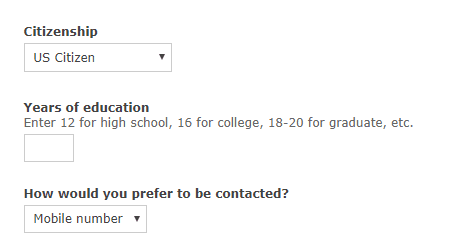
It finally happened, my childhood caught up with me. Back in high school and college I was building out some pretty basic windows applications using VB6 and eventually VB.Net. I thought I had left all those behind as most of the world moved to more modern web and mobile applications. But… I was wrong.
It turns out a lot of those old legacy applications (most of them are Windows apps but some are still older web applications) have been running for the last decade. The problem is they also need to be upgraded. It’s pretty weird that the skills I used back in college are now needed again as we are starting to see a lot of clients reach out to use to help upgrade those application to a more modern framework.
With that said, we are seeing some trends when it comes to upgrading these applications and we thought we would give you a quick rundown on what to expect and think about if you are currently in need of a windows application update.
Security Concerns.
Old windows applications are almost always end of life support, and are by nature no longer secure. They often are built on older technologies like Microsoft Access DB or need DLLs or other services that are also no longer supported and no longer secure.
Hardware dependent.
Legacy applications sometimes need to run on old versions of Windows (Windows 2000 for example) and those operating systems are not secure and not supported. In addition, it is hard to maintain those computers since they run slow and are more likely to crash.
Minor, but Legacy Applications don’t benefit from modern User Interface and easy accessibility and more modern tools.
We see legacy applications that run extremely slow because the faster ways for writing code, or faster services, didn’t exist when they were written. Making the user experience less than ideal.
Training other staff members.
Often there is only one or two people in the office that know how to use them. Leading to a bottleneck of information if those people are not available to assist with urgent tasks needed for the application.
Features are decaying.
It’s really common for us to hear “Oh that button doesn’t work anymore;” or “I used to be able to print this report but it hasn’t worked for a few months so I do XYZ to work around it.” This shouldn’t be how you have to work around your software to run your business.
Creating problems with other modern applications.
What I mean by this is, if you have an old application you are using but you also have modern applications in addition to the legacy application, the applications are probably fighting with each other. Making it difficult for you to use them both together. For instance, web applications tend to be able to automatically share data. If you have a legacy app you might need to export data to excel, then import it into a newer application. Maybe you must print data on paper and then manually enter it into the new application or the new application has a really great feature (like having pictures of your products) but the old system can’t collect that data so you can’t use the feature on the new software. This makes the two systems incompatible, which in turns makes your team spend more time on a specific task.
Interested in upgrading your legacy software applications? Contact us today to see how we can help you and your business!




